The preservation of cultural heritage values has always been closely linked to the process of exploiting and promoting values, serving as an important lever in the socio-economic development strategy of Thua Thien - Hue province and the Central region.
Since then, the management, preservation and promotion of Hue heritage system has been focused on, reviving many architectural and artistic works, contributing to Hue's integration with the world and creating a foundation for local socio-economic development.
The first monument recognized as a World Heritage Site
During its 143 years of existence (1802-1945), the Nguyen Dynasty - the last feudal dynasty of Vietnam - left behind for posterity a massive system of relics with citadels, palaces, mausoleums, temples, pavilions, palaces, etc. However, the devastation of war and harsh weather have seriously affected this heritage complex.
Mr. Thai Cong Nguyen, former Director of the Hue Monuments Conservation Center (1989 - 2002) said: during the war, Hue Citadel was the coordinates of bombs and bullets, many areas and architectural works were wiped out. More than 300 architectural works remaining after the war were degraded, damaged, and dilapidated to varying degrees, the landscape of the heritage sites was in a state of desolation, with vegetation encroachment. The country had just emerged from war, and investment resources for heritage conservation were limited, causing Hue heritage to face numerous challenges and be at risk of collapse.
In 1981, after a visit to Hue, Mr. Amadou Mahtar M'Bow, the then Director General of UNESCO, issued an appeal to save Hue's cultural heritage. Mr. Amadou Mahtar M'Bow emphasized that Hue's heritage was in a state of danger, on the brink of extinction and oblivion. Only urgent rescue with the efforts of the Vietnamese Government and the international community could help Hue escape from this situation. After the appeal, an international campaign to support Hue was strongly implemented, gradually changing the perception of heritage in a positive direction. In mid-1982, the Hue Historical and Cultural Relics Management Company was established; later renamed the Hue Monuments Conservation Center, marking an important event in the cause of preserving Hue's cultural heritage.
According to Mr. Thai Cong Nguyen, the journey to make the Complex of Hue Monuments a World Cultural Heritage began in 1990. In this year, during the meeting of the late Prime Minister Vo Van Kiet with the leaders of Thua Thien - Hue province, the province proposed permission to prepare a planning dossier for the conservation and enhancement of the value of the Hue Monuments; prepare a scientific dossier to submit to UNESCO to include Hue in the list of World Cultural Heritage; and demarcate a protected area to prevent people from encroaching. The above proposals were agreed by the late Prime Minister Vo Van Kiet. With the efforts of the Hue Monuments Conservation Center, the assistance and guidance of UNESCO experts and ministries and branches in the two years of 1992-1993, the dossier on the Complex of Hue Monuments was completed and submitted to the UNESCO World Heritage Council. On December 11, 1993, the Complex of Hue Monuments was officially listed as a UNESCO World Heritage Site and was the first World Heritage Site of Vietnam to be honored. This event marked an important milestone and had great significance for the conservation and promotion of Hue Cultural Heritage values to this day.
Many tourists come to visit Hue heritage site.
Up to now, Thua Thien - Hue province is proud to have 5 heritages recognized by UNESCO as World Cultural Heritages including the Complex of Hue Monuments (1993), Royal Court Music (2003), Nguyen Dynasty Woodblocks (2009), Nguyen Dynasty Royal Records (2014) and Poetry on Hue Royal Architecture (2016).
Efforts to preserve heritage
According to researchers, among the ancient capitals of Vietnam, Hue is the only place that still preserves the overall architectural art of the royal court, with a system of citadels, palaces, temples, shrines, and mausoleums. Looking back 30 years since the Complex of Hue Monuments was recognized by UNESCO as a World Cultural Heritage, the restoration and conservation of the heritage system has been effectively implemented by the Hue Monuments Conservation Center.
After being approved by the Government, the center implemented the Project on Planning for Conservation and Promotion of the Value of Hue Monuments in the period of 1996 - 2010, with a total investment of 720 billion VND to preserve, restore and rehabilitate more than 80 main construction items. Next, the Center implemented the Project on Adjusting the Planning for Conservation and Promotion of the Value of Hue Monuments in the period of 2010 - 2020, with a total investment of more than 2,300 billion VND to preserve, restore, and embellish more than 170 constructions and construction items. Many typical constructions were restored such as: Ngo Mon, Hien Lam Cac, The Mieu relic cluster, Dien Tho palace, Duyet Thi Duong, Truong Sanh palace; Dong Khanh tomb; Minh Lau, Sung An Palace (Minh Mang tomb); Hoa Khiem Palace, Minh Khiem Duong (Tu Duc tomb); Thien Dinh Palace (Khai Dinh tomb) ...
In particular, in 2018, the Project on Relocation of Residents and Site Clearance of Area I of the Hue Citadel Relics Complex was approved by the Prime Minister as a Policy Framework on Compensation, Support and Resettlement for Relocation of Residents and Site Clearance of Area I of the Hue Citadel Relics System. The project has implemented Phase 1, completing the relocation and construction of a resettlement area within the Hue Citadel relics including the citadel walls, the citadel moats, and the road with 2,938 households. Currently, the locality is implementing Phase 2 to complete the relocation and construction of the resettlement area within the relics of Tinh Tam Lake, Hoc Hai Lake, Dan Xa Tac, Kham Thien Giam, Xien Vo Tu, Luc Bo, the lake system of 4 inner-city wards and Tran Binh Dai relic with 1,263 households.
Kien Trung Palace in the Forbidden City is under restoration with a cost of more than 123 billion VND.
Deputy Director of the Hue Monuments Conservation Center Phan Van Tuan said that after 30 years since the Hue Monuments Complex was recognized as a World Cultural Heritage, the monument conservation work has been deployed and achieved many proud results, Hue cultural heritage is gradually being revived, the original appearance of a historic ancient capital is gradually being restored. According to UNESCO's assessment, the conservation of Hue monuments is currently moving to a stage of stability and sustainable development. In particular, the conservation of cultural heritage values has always been closely linked to the process of exploiting and promoting values, serving as an important lever in the socio-economic development strategy of Thua Thien - Hue province and the Central region.
Revival and sustainable development
With the joint support of the international community, the National Assembly, the Government, central ministries and branches and Thua Thien - Hue province have paid attention and issued policies to create resources for preserving and promoting the heritage value of the Hue Monuments Complex, as well as forming many attractive tourism products, so that Hue heritage becomes an attractive destination for tourists.
Mr. Hoang Thanh, from Ha Tinh, shared that Hue has preserved a unique royal architectural complex that cannot be found anywhere else. His family had interesting experiences when witnessing the ancient beauty through majestic temples and palaces and enjoying royal ceremonies. Coming to the ancient capital of Hue is also an opportunity to educate children and the younger generation about historical values and the preservation of cultural values of the nation.
The Hue Monuments Conservation Center is renovating and restoring many important works such as Thai Hoa Palace, Kien Trung Palace, the overall landscape of Gia Long Tomb, etc. At the same time, it is preparing to invest in a number of projects such as: Hue Royal Antiquities Museum, Quoc Tu Giam, Thai Mieu, Noi Vu Palace, Can Chanh Palace, Dai Cung Mon, etc. to maximize the effectiveness of cultural heritage.
Deputy Director of the Hue Monuments Conservation Center Phan Van Tuan said that in the process of preserving and restoring the monument, the unit faced many difficulties and challenges such as increasingly scarce wood resources while wooden structures account for about 90% of the Hue Monuments Complex; searching for and researching historical documents as a basis for comparison and restoration of the monument, and the impact of extreme weather. In the process of restoring the monument, the unit always coordinates with organizations, consults with domestic and international experts and scientists to carry out a methodical, scientific and objective manner. In addition, the unit also regularly checks and treats mold and termites that damage the wooden structure, and develops a project to propose to the authorities to form a wood material area to prepare for restoration work in the next 50-60 years.
In order to build and develop Thua Thien - Hue into a "heritage city", establishing its position as a national and global cultural tourism center, the Hue Monuments Conservation Center is developing a plan for the preservation, restoration and rehabilitation of the Hue Monuments Complex until 2030, with a vision to 2050, expected to be submitted to the Ministry of Culture, Sports and Tourism for appraisal and the Prime Minister for approval in September 2023. "This project will be the basis for orienting the conservation, restoration and promotion of the Hue heritage system so that the Hue Monuments Complex becomes the core and driving force in implementing the strategy for developing the heritage city of Thua Thien - Hue," said Mr. Tuan.
According to UNESCO Chief Representative in Vietnam Christian Manhart, in the 30 years since being recognized as a World Cultural Heritage, the Complex of Hue Monuments has received support from many international organizations and countries around the world such as Japan, Korea, France, etc. In addition, the strong commitment of the Vietnamese Government in conservation work has gradually revived the works that were severely damaged by the effects of war. However, Hue heritage is also facing challenges due to harsh weather and climate change. Therefore, restoration work needs to be carried out regularly to maintain the stability of the achievements of the past 30 years and effectively promote the value of the relic in the coming time.
Source link


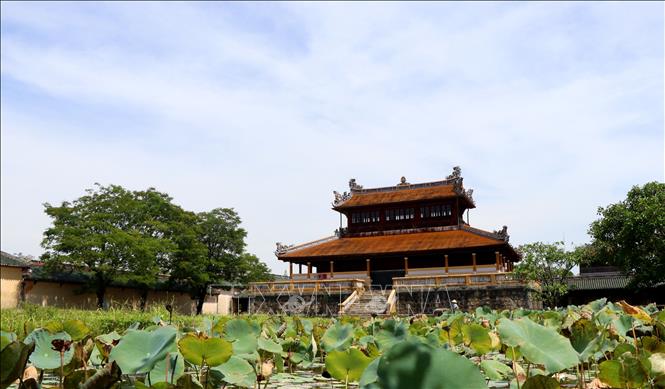
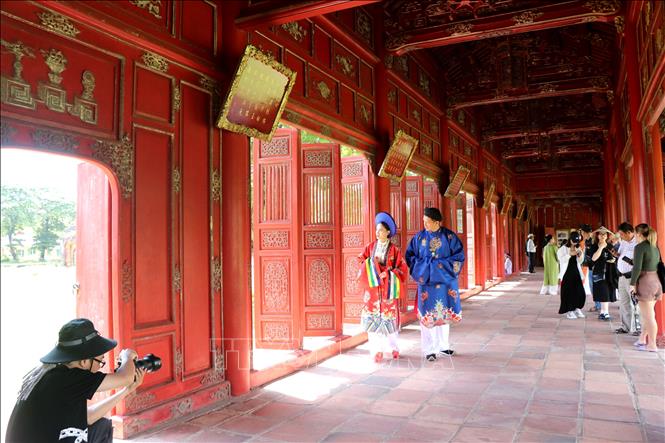

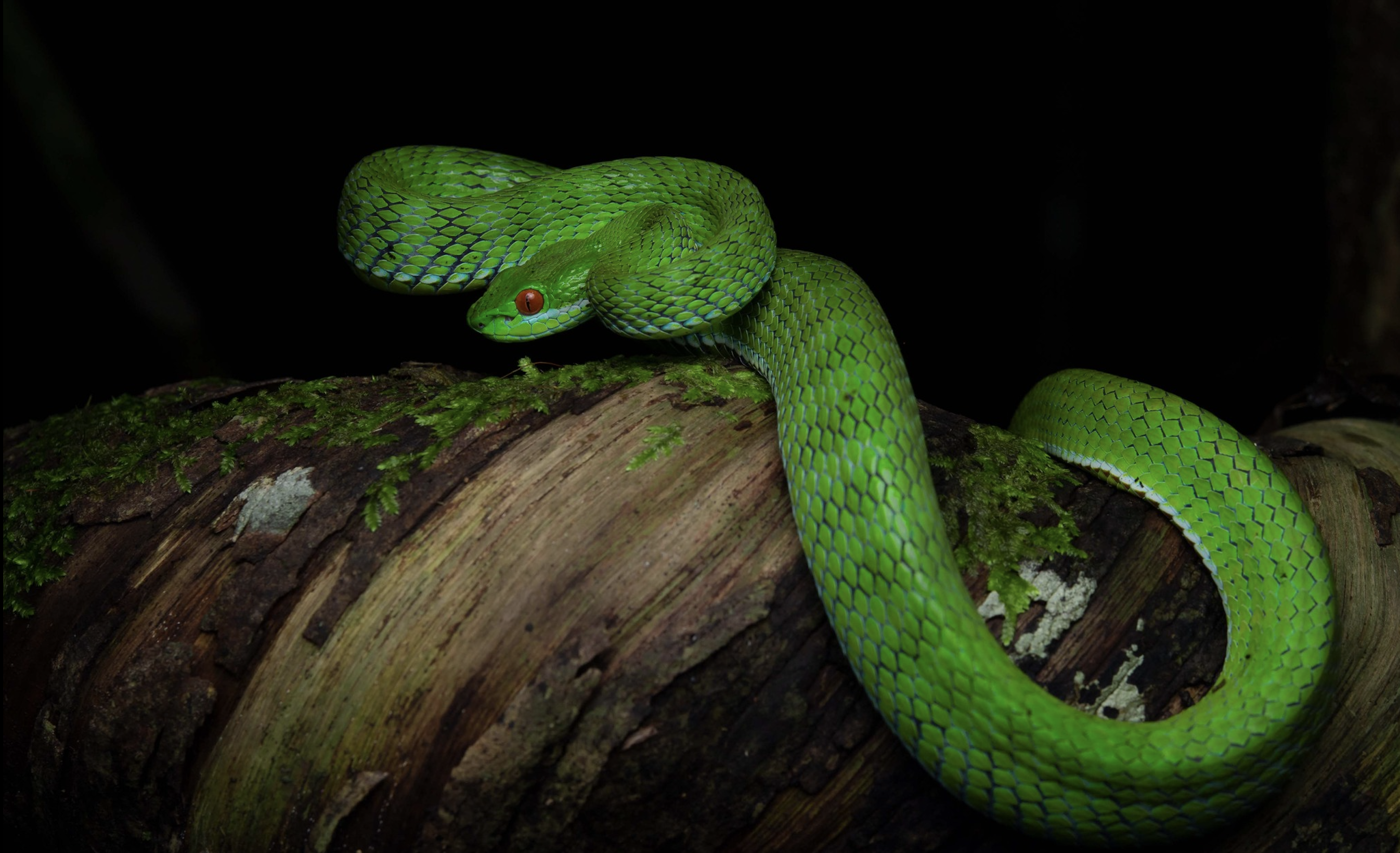



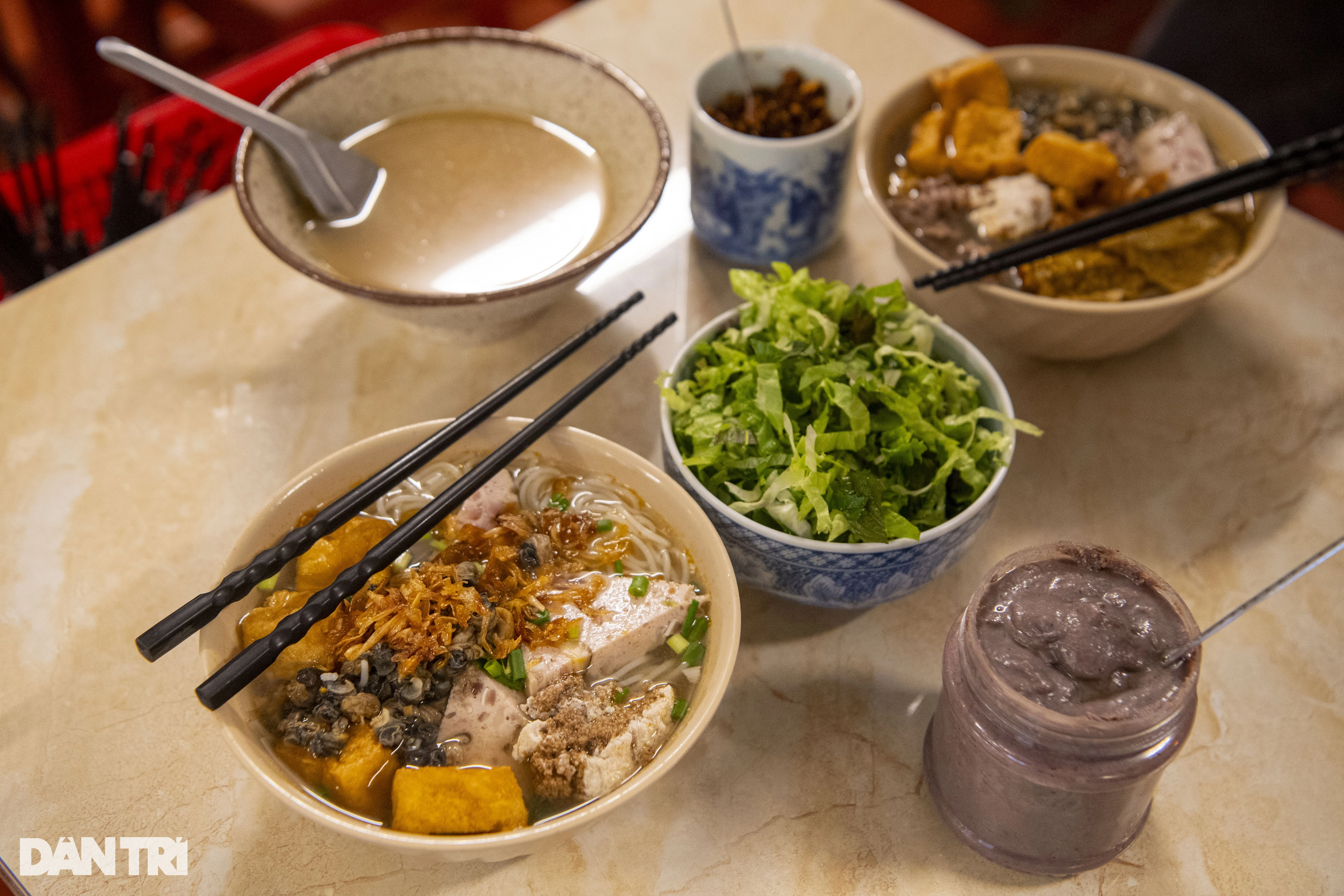
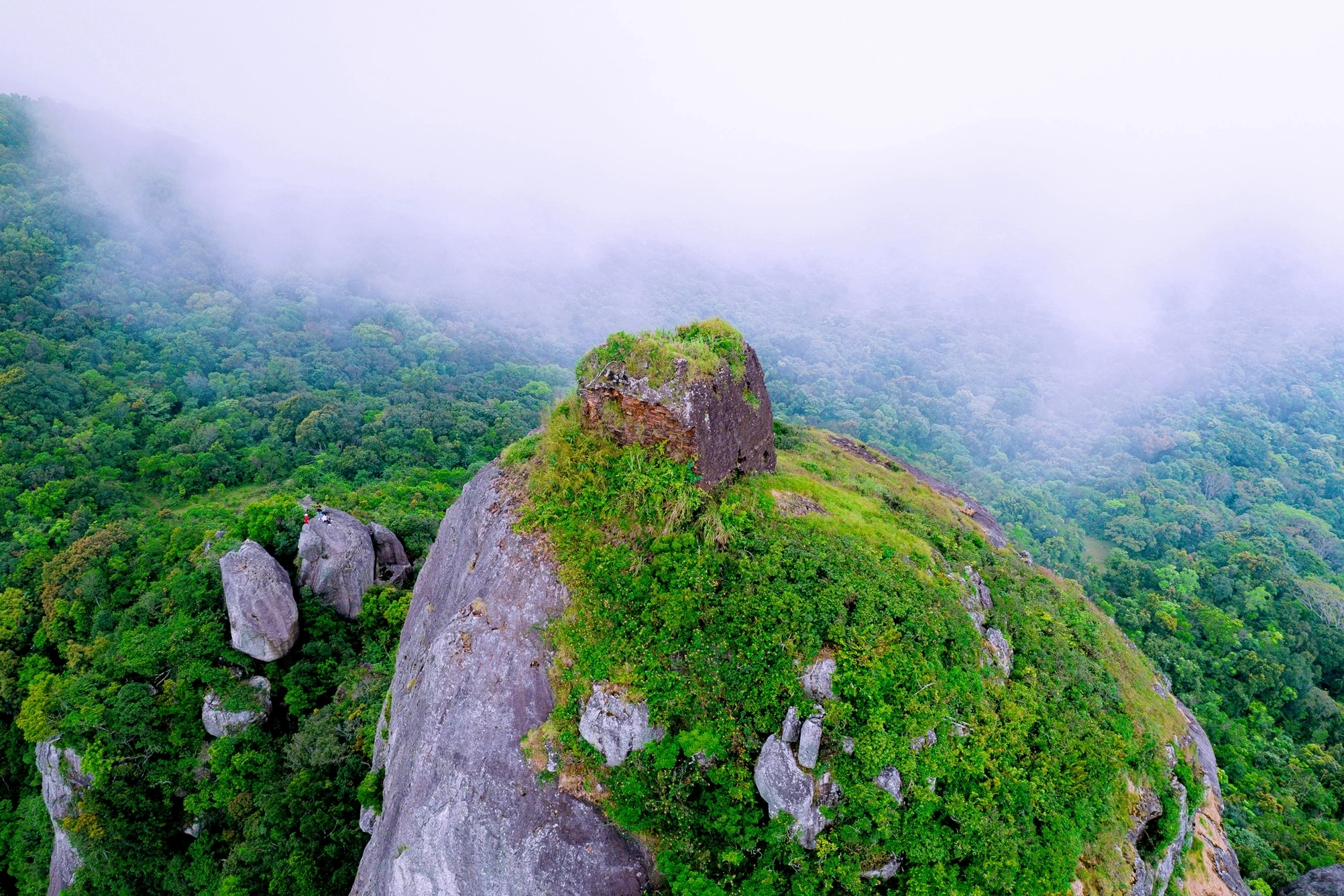




















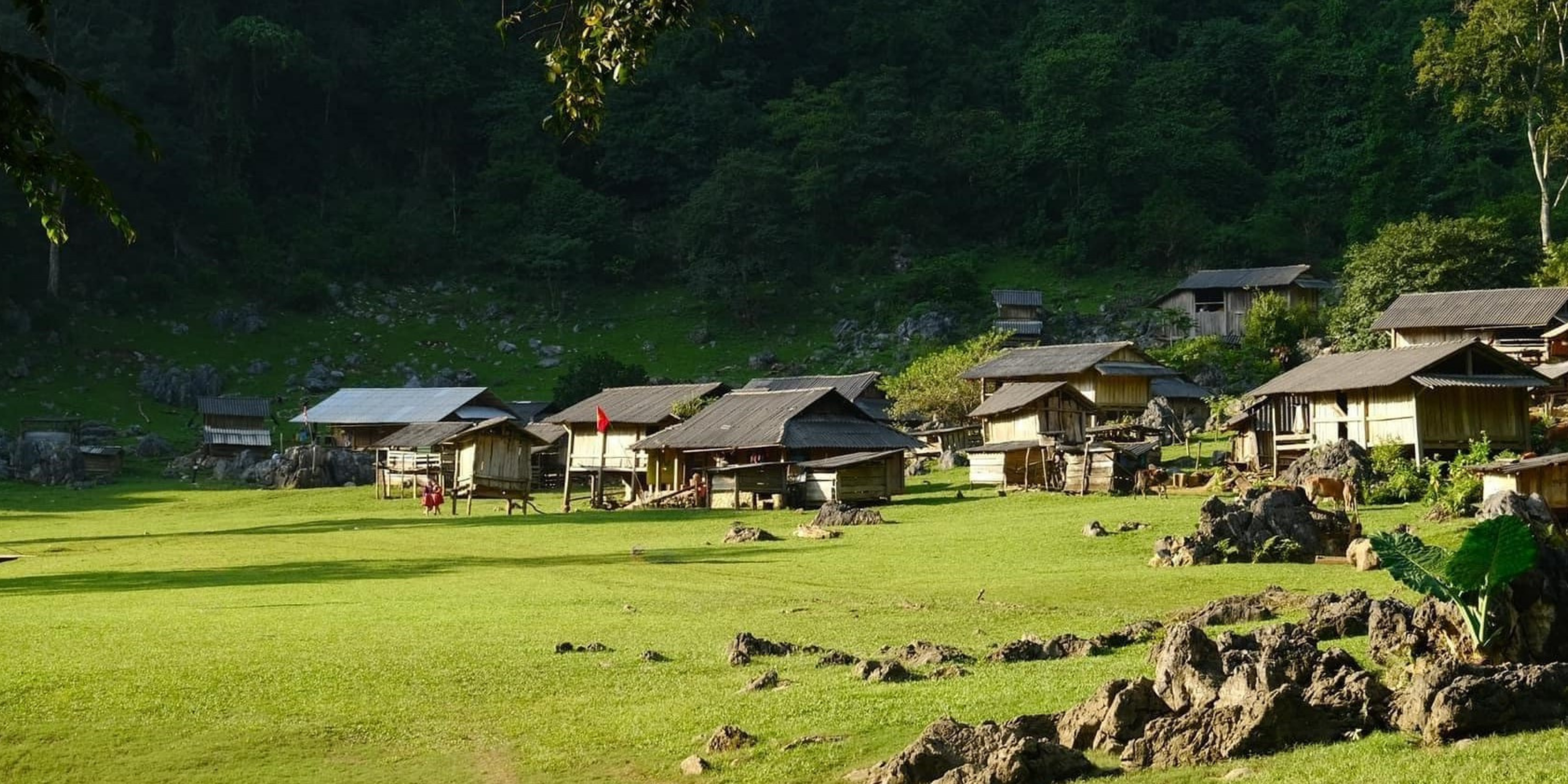
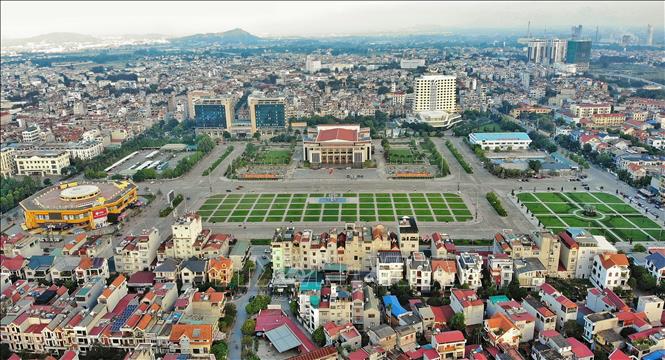
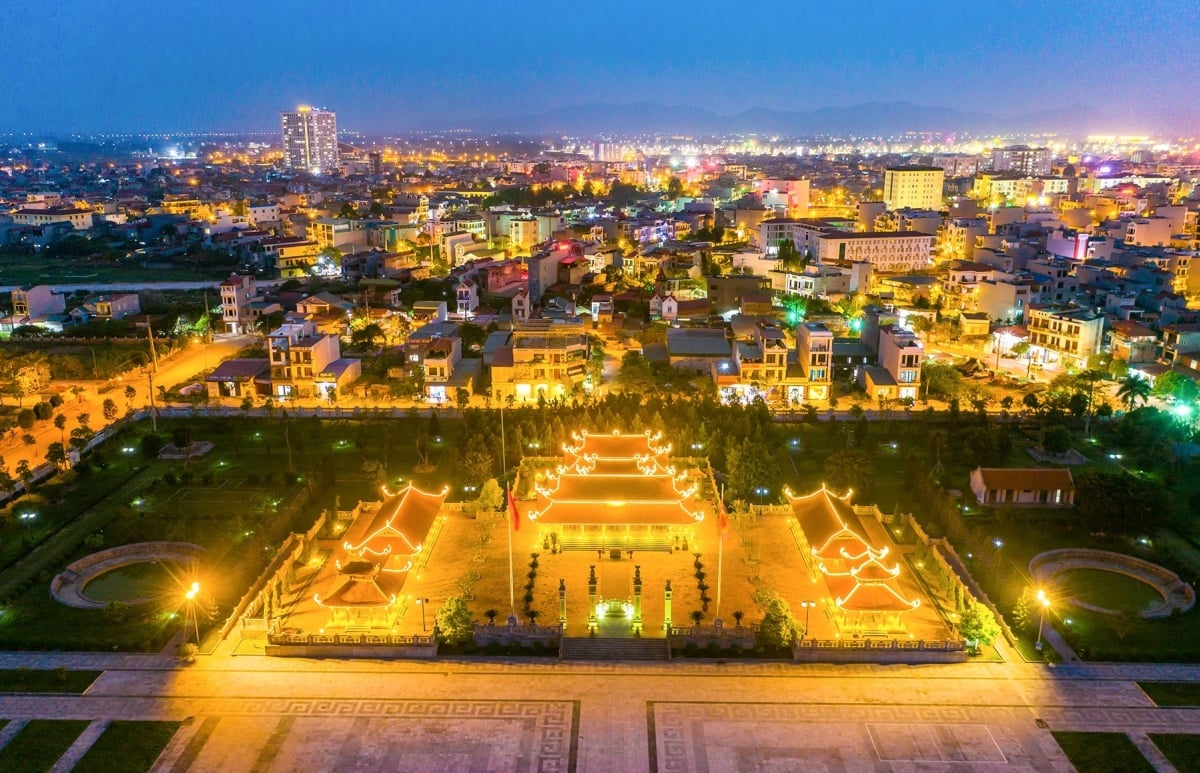
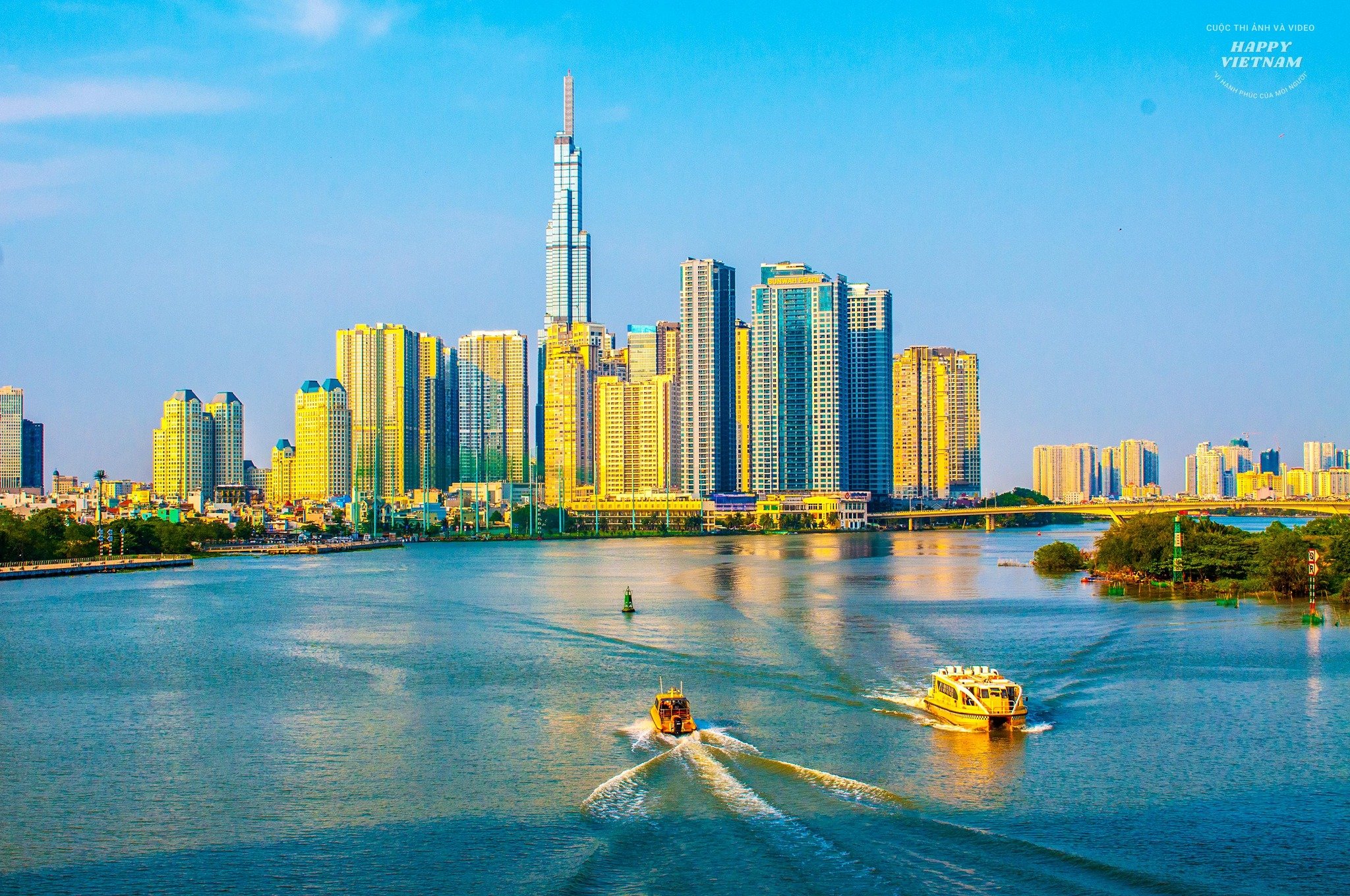







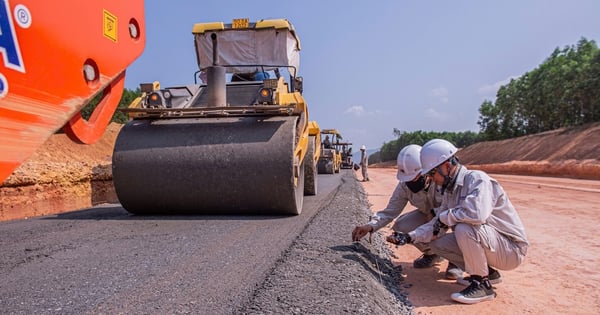

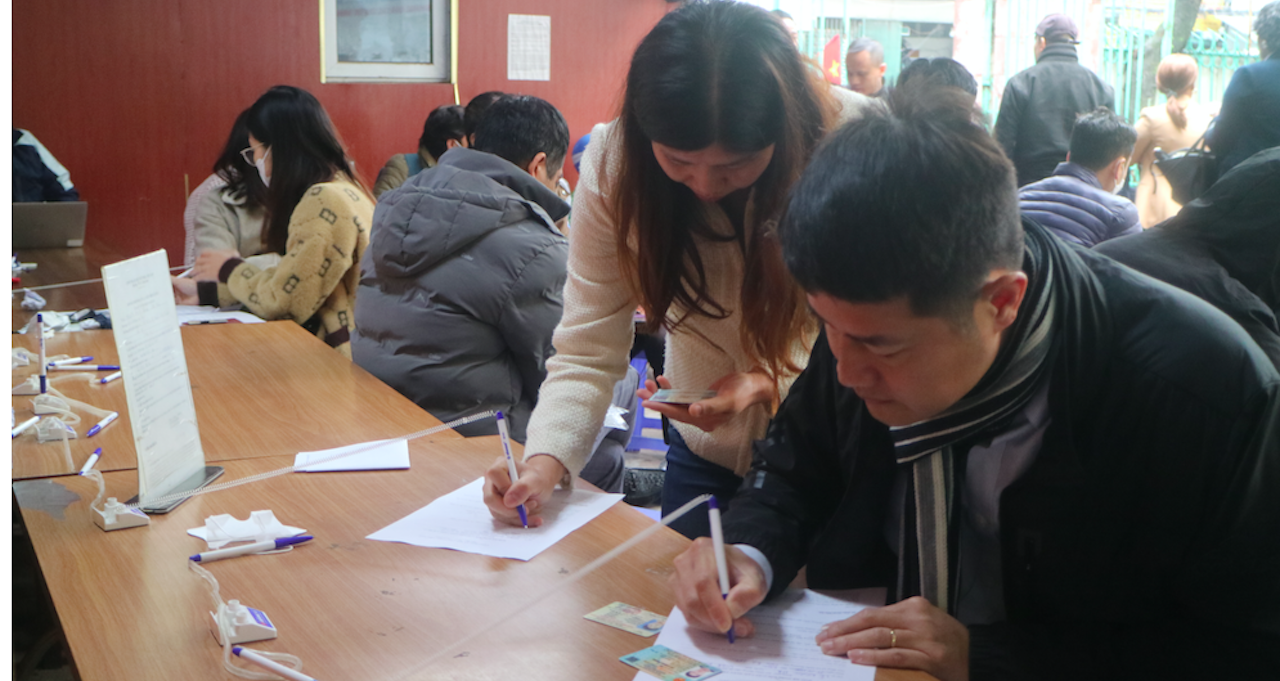
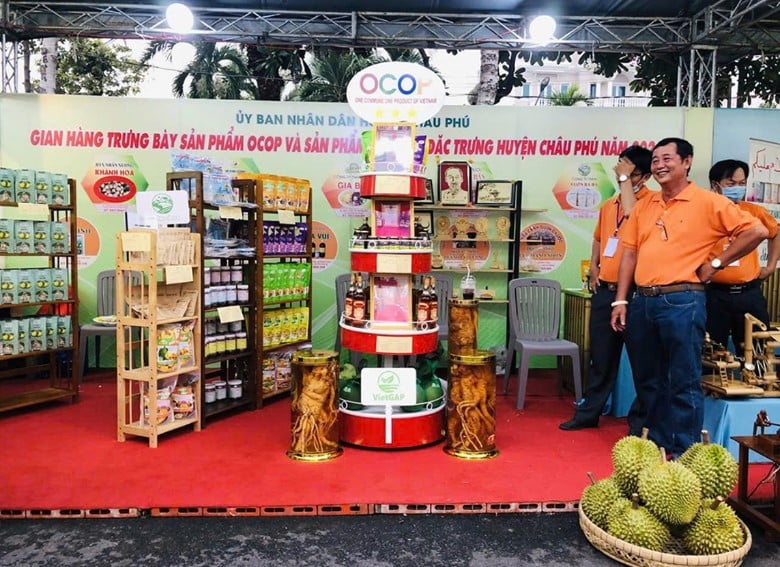

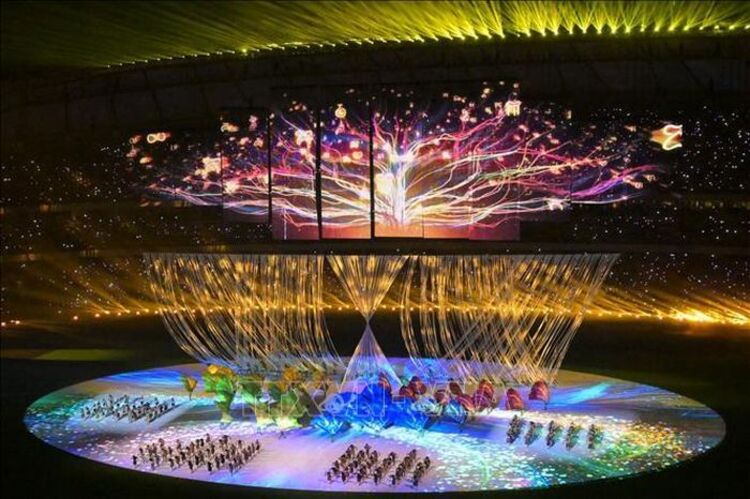
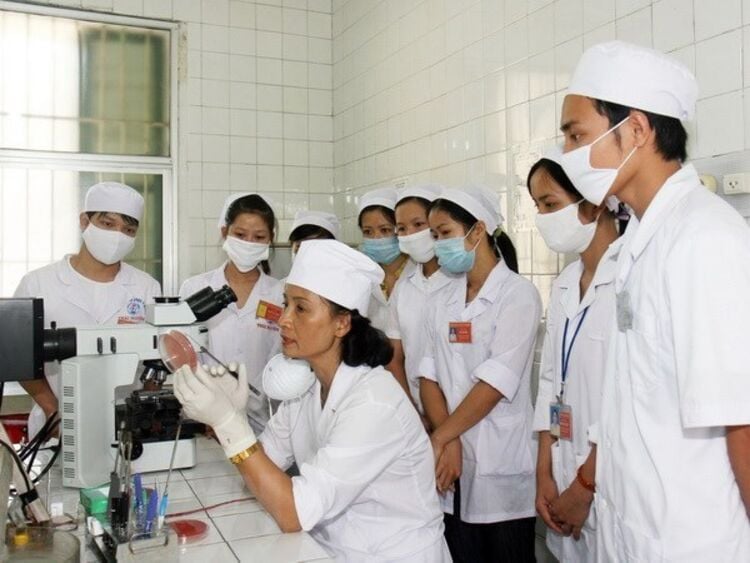

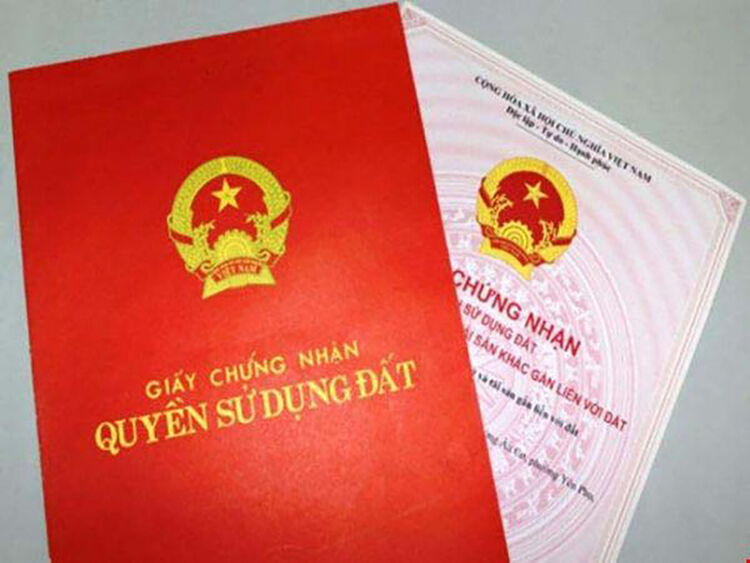


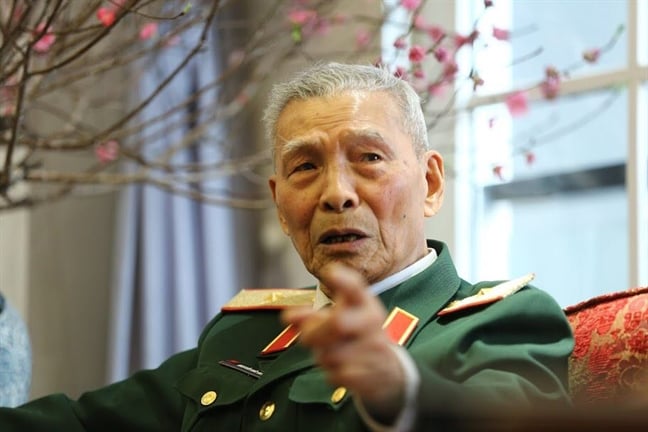



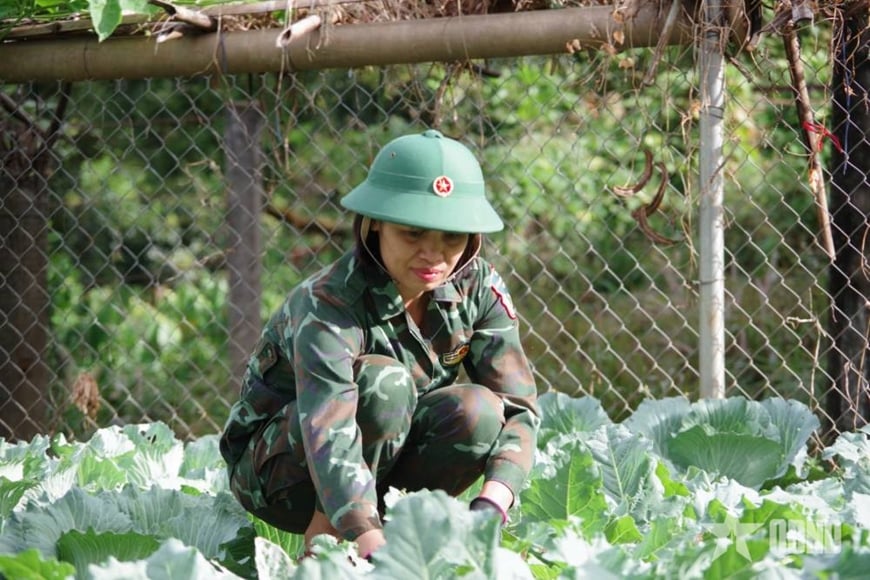

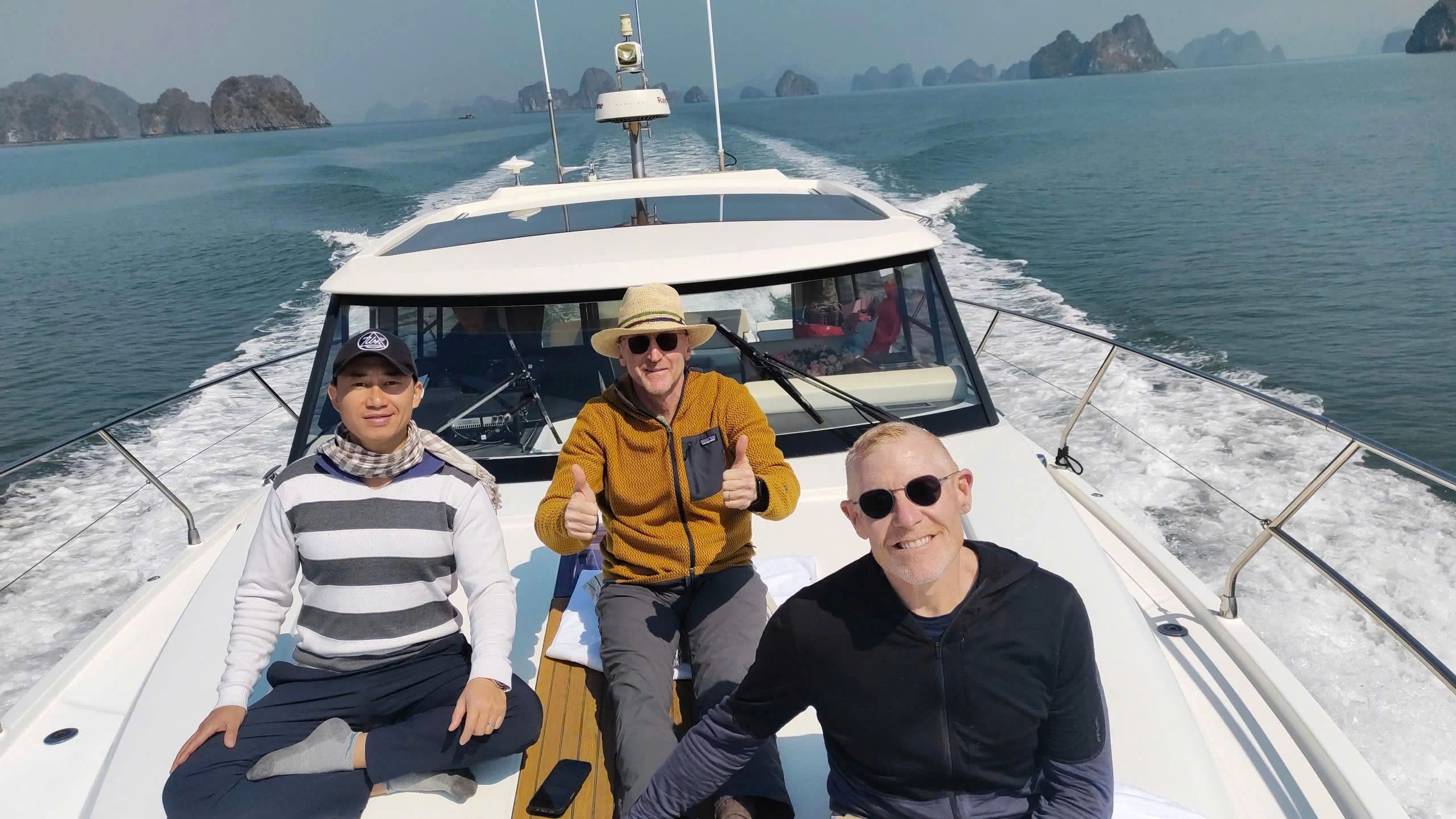
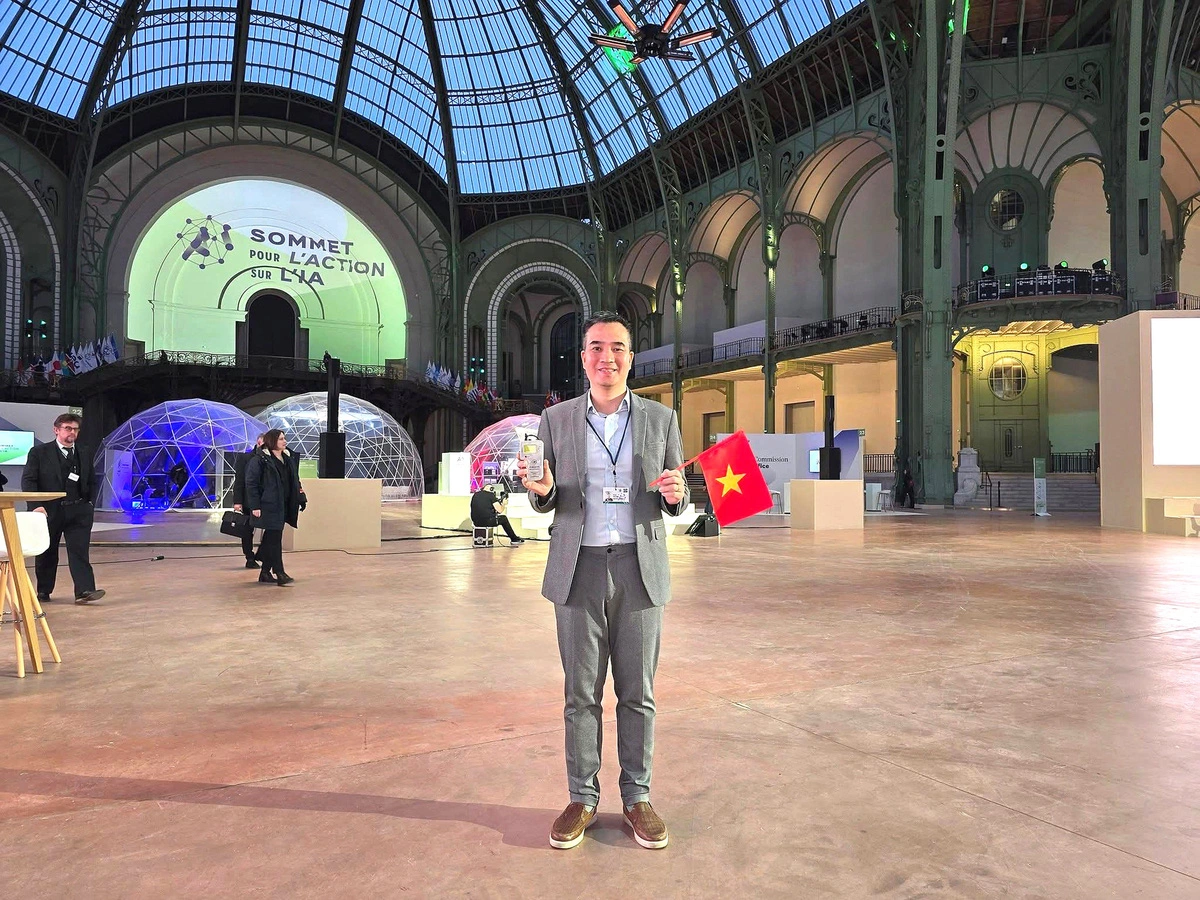


Comment (0)